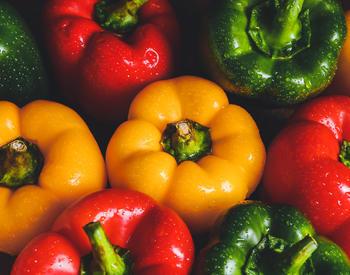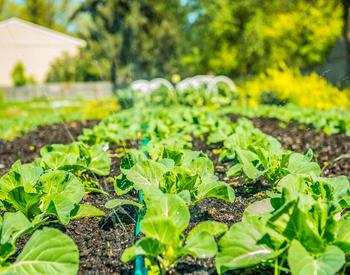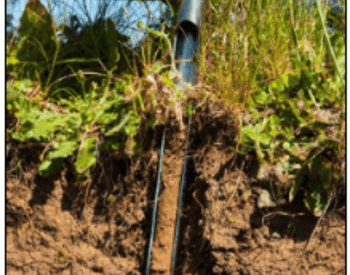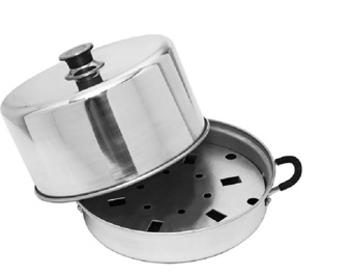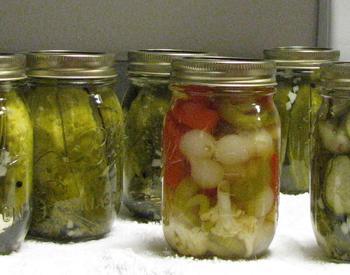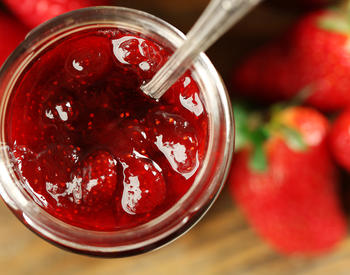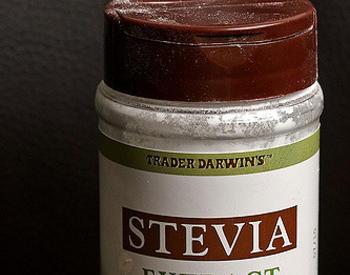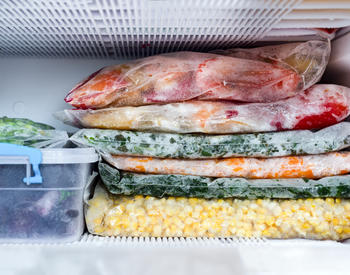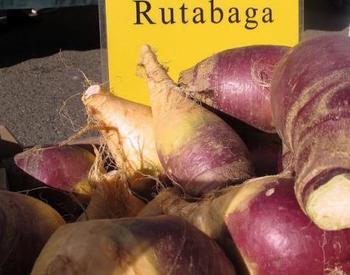Download this publication as a PDF
| Problem | Cause | Prevention | Other information |
|---|---|---|---|
| Loss of liquid from jar during or after processing |
Rapid fluctuation of pressure in canner. |
Pressure should not be allowed to fluctuate during processing time. |
If a good seal is formed, the food is still safe although not very attractive. |
|
Food packed too tightly. |
Pack food loosely. |
||
| Air bubbles in jar. | Remove air bubbles with spatula. | ||
| Jar sealed initially, then seal is broken |
Growth of organisms in jar due to underprocessing. |
Process properly. |
If seal has been broken for an unknown amount of time, the food may have begun to spoil. If broken seal detected within 24 hours of canning, food may be used or reprocessed. |
|
Crack in jar. |
Use sound jars. |
||
| Food particles on sealing surface of lid. | Wipe rim and threads of jar before closing. | ||
| Cloudy liquids |
Bacterial spoilage. |
Process properly. |
With bacteria spoilage, liquid is usually murky and food is soft. If there is microbiological spoilage, destroy food. Cloudiness from starch cannot be prevented. If this is the cause, the starch will generally settle with time. |
|
Minerals in water. |
Use soft water. | ||
|
Anti-caking agents from table salt. |
Use canning salt. | ||
| Starch naturally occurring in vegetables. | |||
| Fuzzy growth on surface of food, musty odor, often food is slimy | Mold | Use only pressure method for recommended time. | Mold growth indicates broken seal or grossly underprocessed food. |
| Putrefaction: foul odor, slimy or soft food, dark color, gas; apt to be present in greens, corn, and mature shelled beans and peas | Bacteria—anaerobic | Proper processing. | Spoilage may take weeks to develop or may be evident in a few days. Assume the possibility of botulism. If microbiological spoilage, destroy food. |
| Gas obvious in jars, often has odor of rancid butter | Bacteria—thermophilic (optimum temperature above 113°F or 45°C) | Use only clean food and equipment. Avoid leaving the food at high temperatures for long periods. | Generally develops in 1-4 weeks when canned products stored in warm place. If microbiological spoilage, destroy food. |
| Disagreeable sour odor, no gas. Often liquid is cloudy. Most common in shelled beans, peas, corn, pumpkin, greens and mature snap beans. | Bacteria—thermophilic (optimum temperature above 113°F or 45°C) | Use only clean food and equipment. Avoid leaving the food at high temperatures for long periods. | These bacteria may survive the canning process but will remain dormant unless cooled slowly at a high temperature. If microbiological spoilage, destroy food. |
| Sulfide spoilage: grayish or black discolorations, rotten egg odor, no gas. Most common in low-acid foods like corn, mature peas and beans. In corn, liquid looks bluish-gray. | Bacteria—thermophilic (optimum temperature above 113°F or 45°C) | Use only clean food and equipment. Avoid leaving the food at high temperatures for long periods. Don't add sugar before canning. | Appearance may be the same as iron or copper sulfide formed in vegetables or on can surface. Spoilage, however, is evident because of the foul odor. If microbiological spoilage, destroy food. |
| Black beets | Bacteria—mesophilic (optimum temperature 68-113°F, 20-45°C) or presence of high iron in water | Proper processing. Avoid using iron utensils or chipped enamel utensils. Avoid using water high in iron. | With bacterial spoilage, liquid is usually murky and food is soft. If microbiological spoilage, destroy food. Food is safe if color change is due to iron. |
| White or light-colored beets | Loss of pigment with processing and storage. May be variety not suitable for canning. |
Avoid overmature beets; use beets shortly after picking; use varieties known to be satisfactory for canning. | Food is safe to eat. |
| Brown corn | Chemical change occurring in corn due to overmaturity, variety or excess temperature. Copper or iron in pan or water. |
Use corn of proper maturity and variety. Cover corn with liquid before capping jar. Maintain constant pressure in canning. | Safe to eat but not very palatable. Super sweet varieties of corn may turn brown when canned. |
| Olive green color in green vegetables | Breakdown of chlorophyll with heat and acid. | Some avoidance by hot pack — drives some acid off before canning. | Safe to eat. |
| Green vegetables turn brown | Overcooking. Vegetables too mature. | Process properly, use properly mature vegetables. | Safe to eat but not palatable. |
| Yellow crystals in asparagus called rutin | When heated, crystals dissolve into canning liquid; when cooled, crystals precipitate out. | None — generally crystals dissolve with heating. | Food is safe to eat. |
| White crystals on canned spinach | Calcium oxalate precipitate. | None. | Food is safe to eat. |
| White sediment on bottom of jars | Starch from food settling out.
Mineral precipitates. Bacterial spoilage. |
Use soft water.
Process properly. |
If bacterial spoilage is cause, all liquid should be cloudy, not just bottom. If starch sediment, food is safe to eat. If entire liquid is murky and food is soft, destroy food because microbial spoilage may have occurred. |
Source: Food Safety Advisor Volunteer Handbook. Washington State University/University of Idaho, 2002


